Bastogne
December 16, 1944, Hitler staged his last offensive as a last hope to change the luck of war. The Germans had secretly assembled a force of about 500,000 men and about 500 tanks. The Germans called it operation, Wacht am Rhein (Guard on the Rhine), and aimed to cut off the supply lines of the allies by advancing to the Meuse river and taking Antwerp. The port of Antwerp was extremely important to the Allies as it was the only deep-sea port. Until the end of November, the port of Cherbourg on the northwest coast of France had been the only port that the western allies could use. Hitler reasoned that if the Germans could take Antwerp, the fighting power of the allies would diminish considerably and hopefulle force them into negotiations. Several generals opposed the operation because forces were taken from the increasingly desperate situation on the eastern front. Hitler hoped for a repeat of German success in the spring of 1940. By then, the German armoured troops had sweeped into the Ardennes and defeated the French army in just over a month. But the German army anno december 1944 was not the same as in the spring of 1940. French defenders had been replaced by well-equipped American units in 1944.
When the operation began on 16 December, the Germans found favourable weather conditions with fog and clouds. In combination with the element of surprise, the Germans reaped successes in the early days and the American forces found it difficult to get an overview of the situation. The city of Bastogne was threatened by the Germans and the American defenders found themselves besieged and sought covers in foxholes around the city. Despite German artillery and a stubborn cold that put a strain on morale, the Germans never managed to break through the line of defence or induce the Americans to surrender. When the fog cleared and the clouds dispersed, American aircraft were able to lift again and give the besieged Bastogne the rescue they so badly needed. From the German side, the weather, combined with an acute fuel shortage caused them major problems. Now it was the Germans who were threatened with defeat and the offensive was replaced by evacuations and retreats that had to be carried out in darkness and not brought daylight. Not infrequently in the forest because the roads made them vulnerable to air strikes.
A spearhead force on which Hitler had high expectations was Kampfgruppe Peiper under the command of SS Standartenführer Jochen Peiper. Kampfgruppe Peiper was an elite force within the SS armoured division Leibstandarte. Their task was to pave the way for other German forces by conquering a number of bridges over the Meuse River. But constant fuel shortages and persistent airstrikes meant that Peiper and his men could not advance at the pace they wanted. Peiper and his men were surrounded by American forces on December 23, 1944. Peipers Kampfgruppe had, like all other German units, suffered from fuel shortages and was forced at La Gleize to abandon 135 vehicles (which were destroyed). Then the 800 soldiers continued by foot back to their own lines.
During the offensive, the Germans were responsible for massacres of civilians in villages such as Stoumont, Trois-Point and Stavelot, and in particular the massacre of American prisoners of war in Malmedy. On the second day of the offensive, Kampfgruppe Peiper moved forward and encountered American forces at a crossroads at Baugnez. German forces were superior to American forces that surrendered after brief fighting. The Germans collected about 125 American prisoners in a field next to the road. What happened next has never really been established except that the Germans opened fire on the American prisoners. About 40 American prisoners managed to escape while 84 were shot down by the German SS forces. The bodies were not found until about a month later when American forces recaptured the area. Only then was it possible to determine the scale of the massacre.
The Malmedy massacre was not the only massacre perpetrated by Kampfgruppe Peiper during the offensive. Massacres on civilians were also committed in the nearby villages of Stavelot and Stoumont. When rumors of the massacre (Malmedy) reached the American forces, spontaneous retaliation took place against German prisoners of war. After the war, Jochen Peiper and other Kampfgruppe Peiper men were brought to justice for the Malmedy massacre. They were first sentenced to death, then to life imprisonment and finally released on parole in 1956. But also the Americans committed war crimes, including at Chenogne where about 60 German prisoners of war (not SS) were shot down after capitulating.
Despite initial German successes and some confusion within the american forces, the americans took command in january 1945. The exposed units could be replaced and lost men and lost material could be replaced to a much greater extent than the Germans could do. In particular, American air domination and the constant lack of fuel meant that the Germans were forced to call off the offensive on January 25, 1945.
The Ardenner offensive was conducted over a large area that also covered parts of Luxembourg. But it is still Belgium and Bastogne who have symbolized the offensive and especially Bastogne who was besieged between 20 and 27 December but held out despite lack of supplies and a bitter cold. Other villages and towns that were also affected were among others, Houffalize, Stomount, Trois-Point, Stavelot, St. With, Foy, La Gleize, Viesalm, Schumannseck to name a few.
Current status: Museums and monuments (2022).
Address: Colline du Mardasson 5, 6600 Bastogne (Bastogne historical center).
Get there: Car.
Follow up in books: Beevor, Antony: Ardennes 1944: Hitler’s Last Gamble (2015).
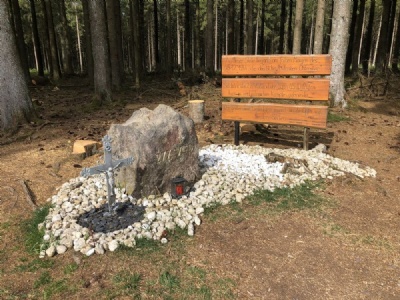
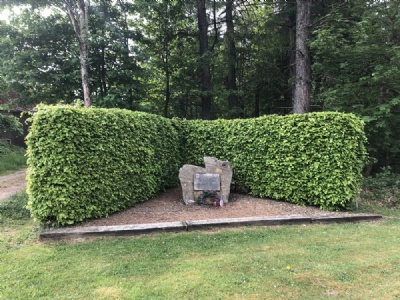
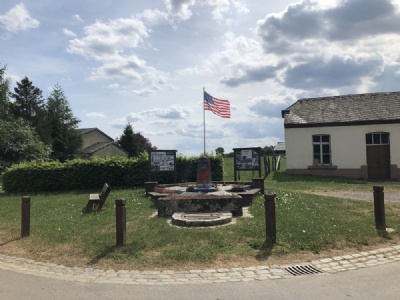
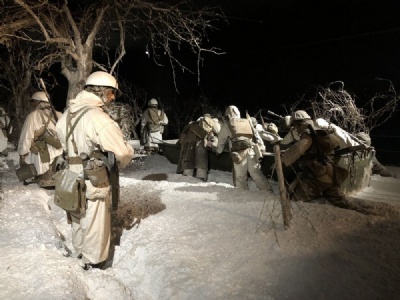
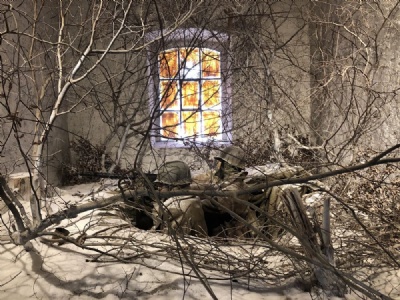
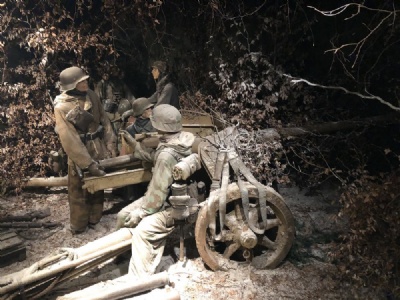
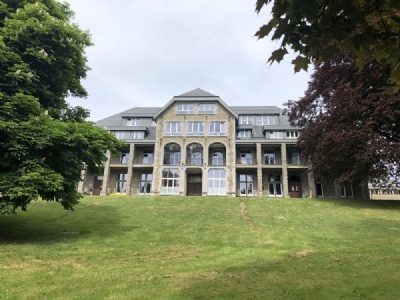
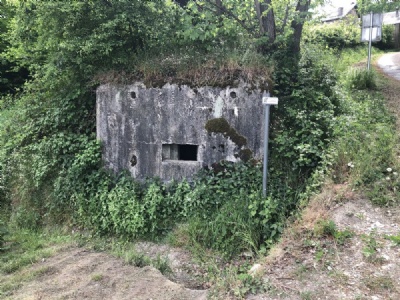
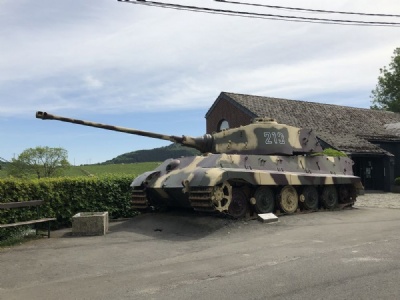
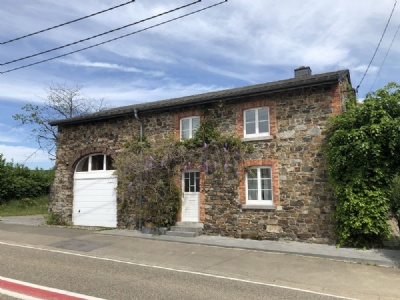

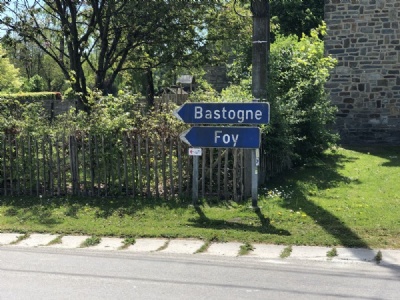
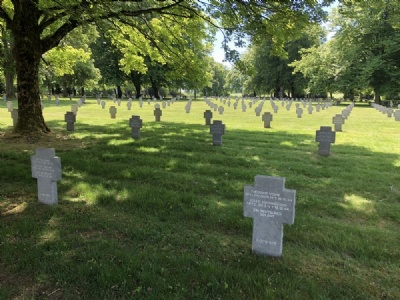

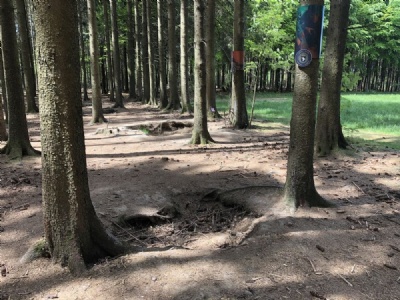
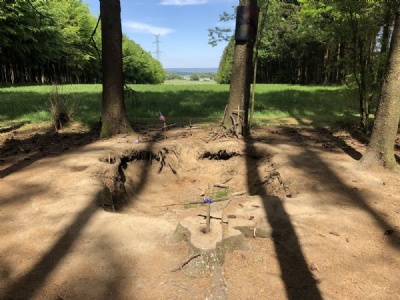
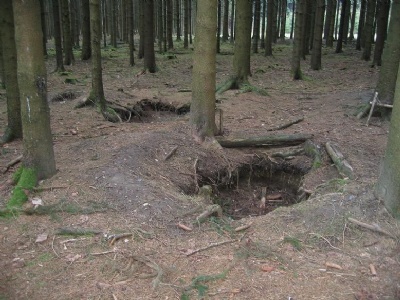
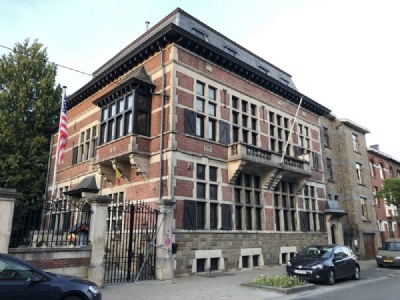
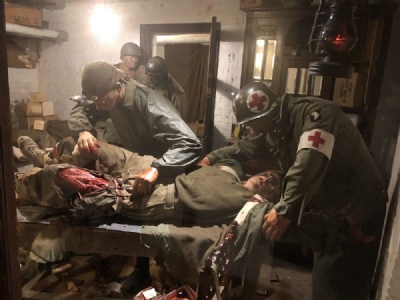
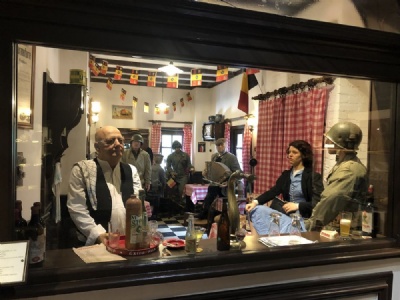
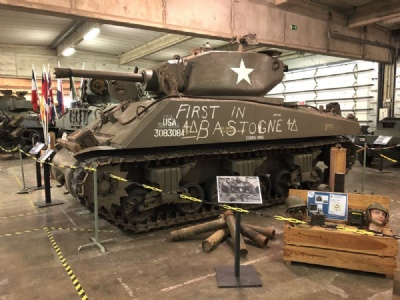
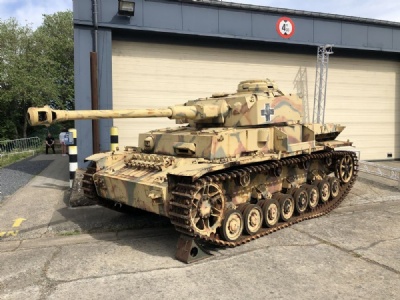

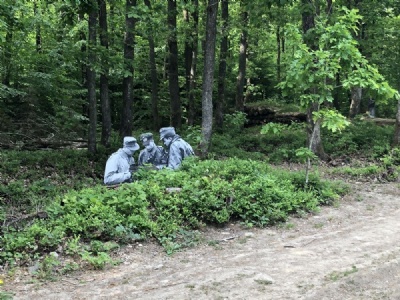
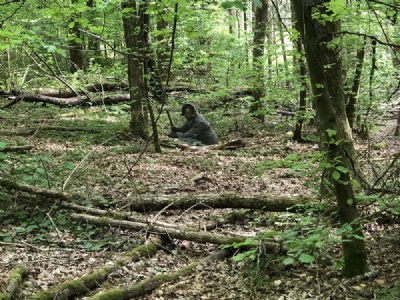
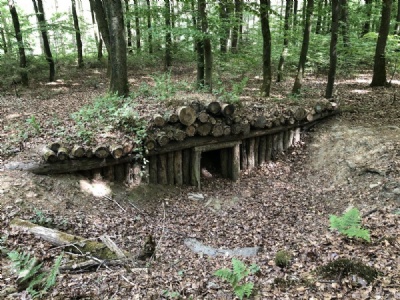
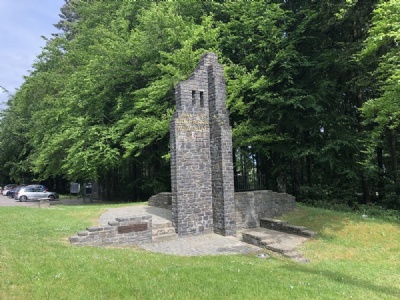

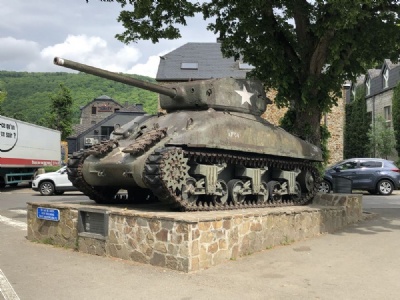
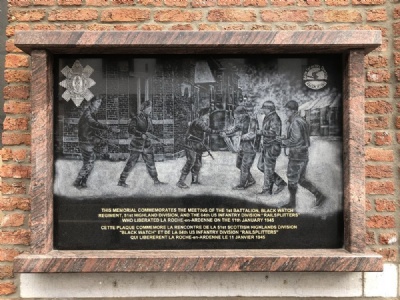
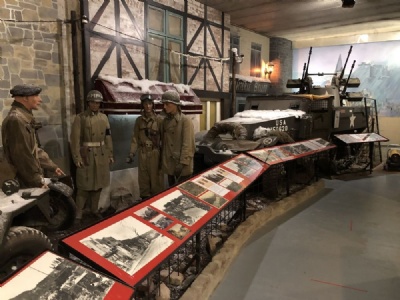
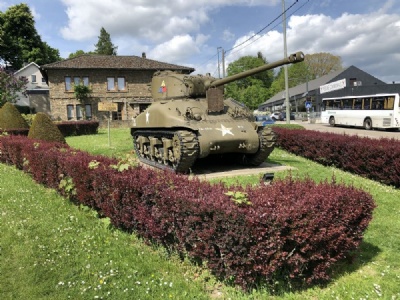
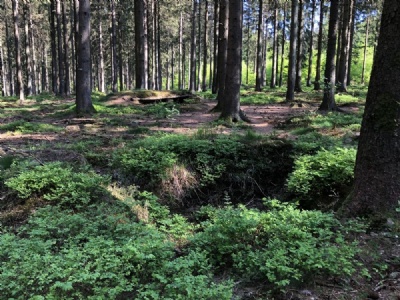
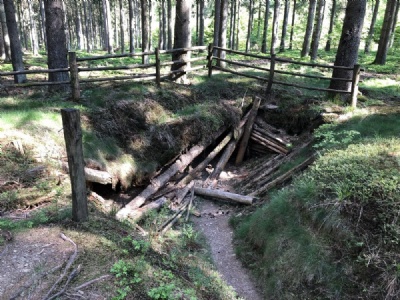
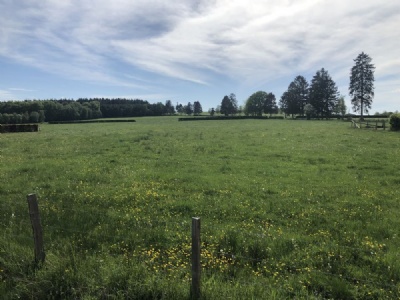
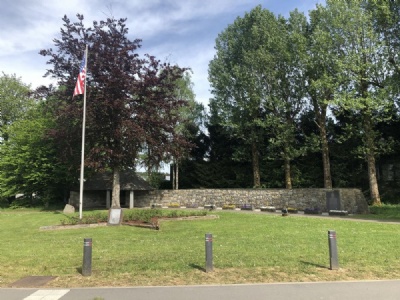
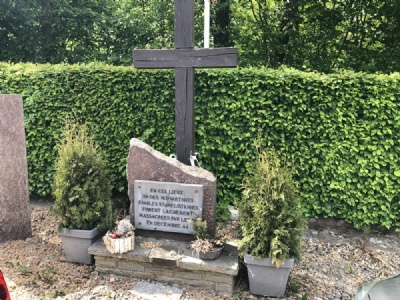
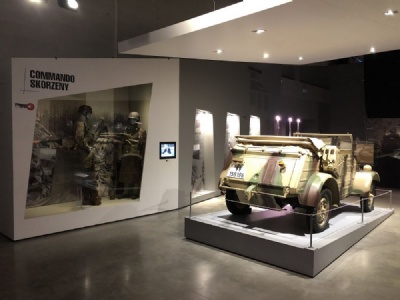
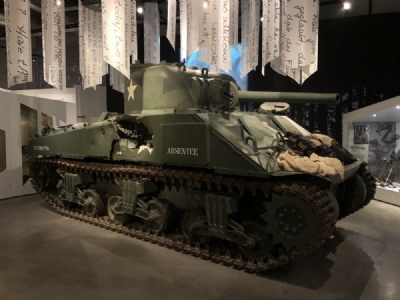

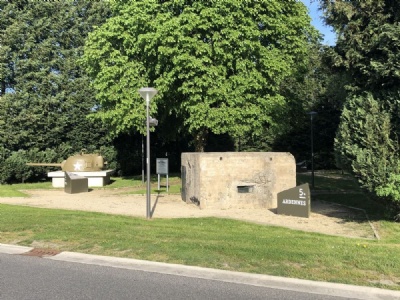
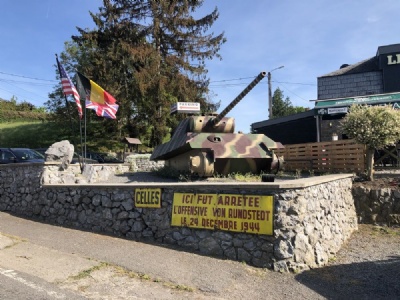

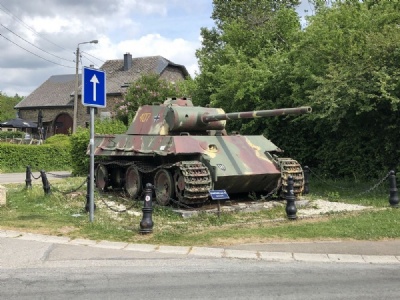
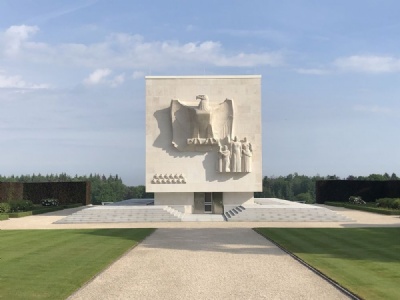
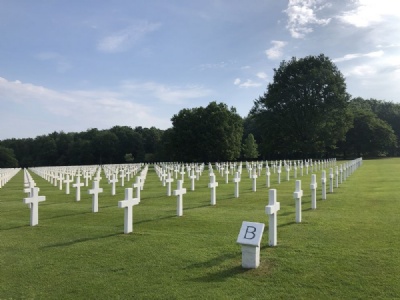
Bastogne is very much characterized by the Second World War and got a real renaissance in connection with the American film company HBO’s series Band Of Brothers (2002). The series consists of 10 episodes and became a major success in much of the western world. The story revolves around a company (Easy Company) from the American 101 airborne division. Viewers follow the company from the invasion of Normandy in June 1944 until the end of the war. Two episodes deal with the German siege of Bastogne in 1944. This has not gone unnoticed, which meant that the Ardenner offensive has had a renaissance and several tourists seek out the areas where the soldiers of the series were besieged. Part of this took place just outside Bastogne near a forest area called Bois Jacques. There is a memorial to ”Easy Company”. In the forest, it is still possible to find shelters (Foxholes) that remain as a reminder of the soldiers’ hardships.
The serie is extreamily well made, entertaining and the battle scenes are amazing, but no one can be blind to the patriotism and war romance that the series is permeated by. The scriptwriters have skillfully filled the characters with comradeship, self-sacrifice, suffering and an idealism that in an ominous way manages to make the war, despite its brutality, appear as something glorious and even alluring. The series then lived on as veterans of Easy Company achieved a celebrity that could make any military romantic yearn for their own little ”Band of Brothers”.
In addition to the ”Band of Brothers” sites, there are plenty of museums and monuments, not only Belgium, but also in Luxembourg and Germany is the memory kept about the battle in the same way Normandy and Holland (Market Garden) are remembered. The Ardenner offensive is probably, together with the aforementioned Normandy and Holland, the most famous battles around which tourism has been built. The relatively short distances between the sites combined with a variety of modern museums, monuments, bunkers, foxholes and equipment makes it worth visiting. But you should put a side three to four days depending on how much you want to see. In any case, Bastogne is a good city to start from if you want to explore the battle.